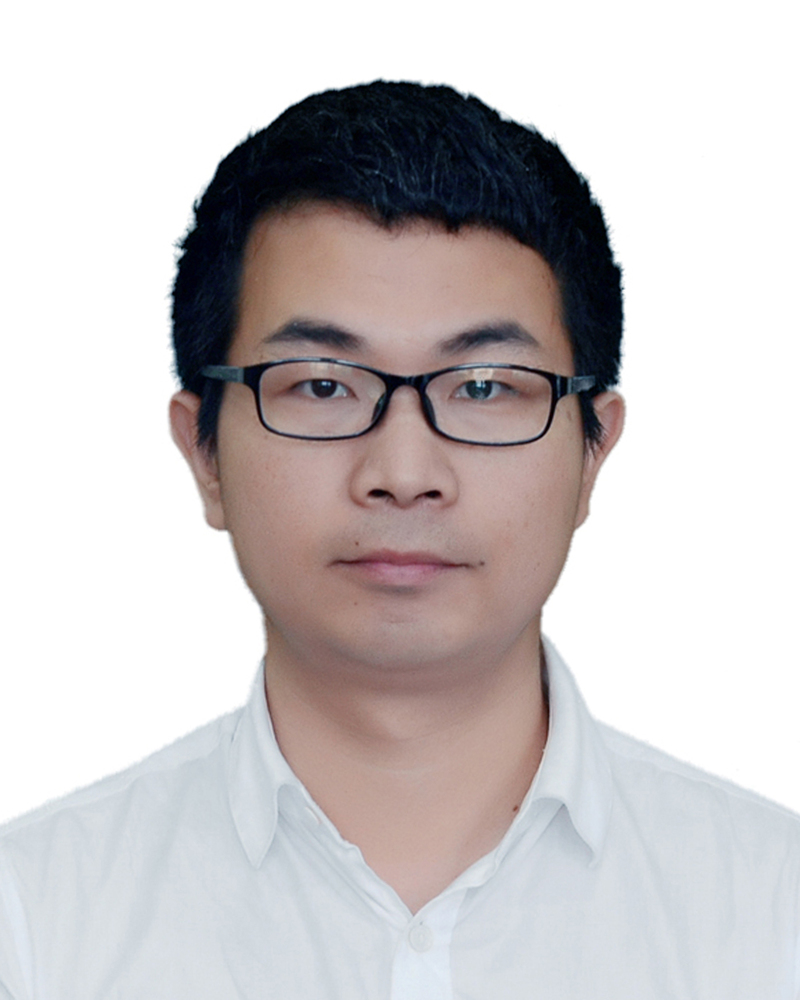Research Gate学术主页:https://www.researchgate.net/profile/Chang-Li-50
[1] “EEG-Based Emotion Recognition via Neural Architecture Search”, IEEE Transactions on Affective Computing, Vol. 14, No. 2, pp. 957-968, 2023. (ESI高被引论文)
[2] “EEG-Based Emotion Recognition via Channel-Wise Attention and Self Attention”, IEEE Transactions on Affective Computing, Vol. 14, No. 1, pp. 382-393, 2023. (ESI高被引论文)
[3] “Source-Free Domain Adaptation for Privacy-Preserving Seizure Prediction”, IEEE Transactions on Industrial Informatics, 2023.
[4] “Centroid-Guided Domain Incremental Learning for EEG-Based Seizure Prediction”, IEEE Transactions on Instrumentation and Measurement, 2023.
[5] “Privacy-Preserving Domain Adaptation for Intracranial EEG Classification via Information Maximization and Gaussian Mixture Model”, IEEE Sensors Journal, 2023.
[6] “Online Test-Time Adaptation for Patient-Independent Seizure Prediction”, IEEE Sensors Journal, Vol. 23, No. 19, pp. 23133-23144, 2023.
[7] “Patient-Specific Seizure Prediction From Electroencephalogram Signal via Multichannel Feedback Capsule Network”, IEEE Transactions on Cognitive and Developmental Systems, Vol. 15, No. 3, pp. 1360-1370, 2023.
[8] “EEG-based seizure prediction via hybrid vision transformer and data uncertainty learning”, Engineering Applications of Artificial Intelligence, Vol. 123, pp. 106401, 2023.
[9] “EEG-based Emotion Recognition via Transformer Neural Architecture Search”, IEEE Transactions on Industrial Informatics, Vol. 19, No. 4, pp. 6016-6025, 2023.
[10] “Bi-CapsNet: A Binary Capsule Network for EEG-Based Emotion Recognition”, IEEE Journal of Biomedical and Health Informatics, Vol. 27, No. 3, pp. 1319-1330, 2023.
[11] “EEG-Based Seizure Prediction via Model Uncertainty Learning”, IEEE Transactions on Neural Systems and Rehabilitation Engineering, Vol. 31, pp. 180-191, 2023.
[12] “Spatio-temporal MLP network for seizure prediction using EEG signals”, Measurement, Vol. 206, pp. 112278, 2023.
[13] “EEG-based seizure prediction via Transformer guided CNN”, Measurement, Vol. 203, pp. 111948, 2022.
[14] “EEG-Based Emotion Recognition via Efficient Convolutional Neural Network and Contrastive Learning”, IEEE Sensors Journal, Vol. 22, No. 20, pp. 19608-19619, 2022.
[15] “Patient-Specific Seizure Prediction via Adder Network and Supervised Contrastive Learning”, IEEE Transactions on Neural Systems and Rehabilitation Engineering, Vol. 30, pp. 1536-1547, 2022.
[16] “Emotion recognition from EEG based on multi-task learning with capsule network and attention mechanism”, Computers in Biology and Medicine, Vol. 143, pp. 105303, 2022. (ESI高被引论文)
[17] “Multi-channel EEG-based emotion recognition in the presence of noisy labels”, Science China-Information Sciences, Vol. 65, No. 4, pp. 140405, 2022.
[18] “Spatial-Spectral Nonlinear Hyperspectral Unmixing Under Complex Noise”, IEEE Sensors Journal, Vol. 22, No. 5, pp. 4338-4346, 2022.
[19] “Superpixel-Based Noise-Robust Sparse Unmixing of Hyperspectral Image”, IEEE Geoscience and Remote Sensing Letters, Vol. 19, pp. 6004405, 2022.
[20] “Toward Open-World Electroencephalogram Decoding Via Deep Learning: A Comprehensive Survey”, IEEE Signal Processing Magazine, Vol. 39, No. 2, pp. 117-134, 2022. (特邀综述, 信号处理领域国际顶级期刊)
[21] “Plane-Wave Image Reconstruction via Generative Adversarial Network and Attention Mechanism”, IEEE Transactions on Instrumentation and Measurement, Vol. 70, pp. 4505115, 2021.
[22] “Emotion Recognition from Multi-Channel EEG via Deep Forest”, IEEE Journal of Biomedical and Health Informatics, Vol. 25, No. 2, pp. 453-464, 2021. (ESI高被引论文)
[23] “AttentionFGAN: Infrared and Visible Image Fusion using Attention-based Generative Adversarial Networks”, IEEE Transactions on Multimedia, Vol. 23, pp. 1383-1396, 2021. (ESI高被引论文)
[24] “Multi-channel EEG-based emotion recognition via a multi-level features guided capsule network”, Computers in Biology and Medicine, Vol. 123, pp. 103927, 2020.
[25] “Sparse unmixing of hyperspectral data with bandwise model”, Information Sciences, Vol. 512, pp. 1424-1441, 2020.
[26] “Robust Multichannel EEG Compressed Sensing in the Presence of Mixed Noise”, IEEE Sensors Journal, Vol. 19, No. 22, pp. 10574-10583, 2019.
[27] “Infrared and visible image fusion methods and applications: A survey”, Information Fusion, Vol. 45, pp. 153-178, 2019. (特邀综述, ESI高被引论文)
[28] “FusionGAN: A generative adversarial network for infrared and visible image fusion”, Information Fusion, Vol. 48, pp. 11-26, 2019. (ESI高被引论文)
[29] “Hyperspectral Unmixing with Bandwise Generalized Bilinear Model”, Remote Sensing, Vol. 10, No. 10, pp. 1600, 2018.
[30] “Infrared and visible image fusion via gradient transfer and total variation minimization”, Information Fusion, Vol. 31, pp. 100-109, 2016. (ESI高被引论文)

